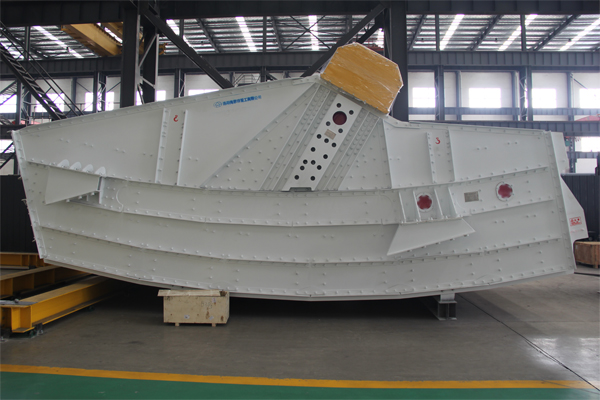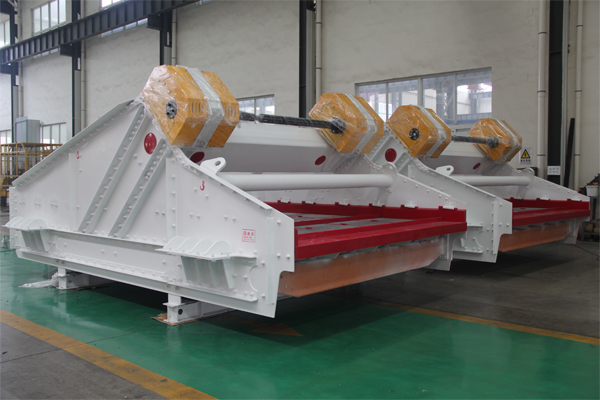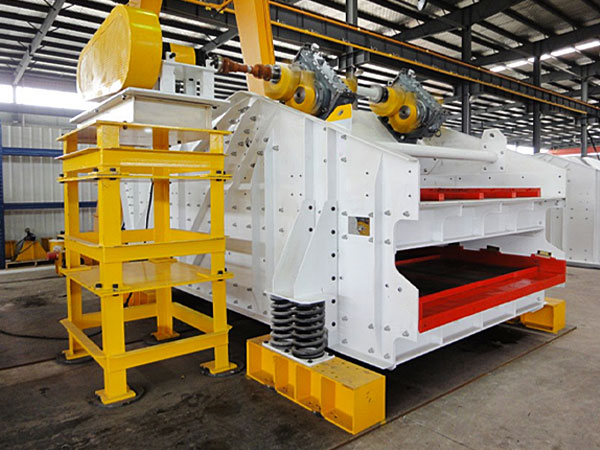What are the methods to prevent vibration screen blockage?
Vibrating screens play a crucial role in industries such as mining, aggregate processing, and material classification by efficiently separating materials of different sizes. However, screen blockage is a common issue that reduces screening efficiency, increases downtime, and raises maintenance costs.
Blockage occurs when materials such as wet, sticky, or irregularly shaped particles adhere to the screen mesh, clogging openings and restricting material flow. Factors such as moisture content, screen design, and improper vibration settings contribute to this problem.
Vibrating screen blockage prevention method

Vibration screen blockage is a common issue that reduces efficiency and throughput. Here’s a breakdown of methods to prevent it, categorized by approach:
1. Material Preparation & Handling:
Screening Beforehand: If possible, pre-screen the material with a coarser screen to remove oversized particles or debris that might cause blockage in the main screen.
Proper Material Drying: Excessive moisture is a primary culprit for blockage, especially with fine materials. Dry the material thoroughly before screening. Methods include:
Air Drying: Spreading the material thinly and allowing air circulation.
Oven Drying: Controlled temperature drying in an oven.
Fluid Bed Drying: Efficient for particulate materials, using heated air to fluidize and dry the particles.
Infrared Drying: Uses infrared radiation to heat and dry the material.
Material Conditioning: Introduce additives to the material to improve its flow characteristics. Examples include:
Anti-caking agents: Prevent agglomeration of particles.
Flow enhancers: Reduce friction and improve material movement.
Consistent Material Feed Rate: Avoid surges of material onto the screen. A consistent, controlled feed rate allows the screen to process the material effectively. Use feeders like:
Vibratory Feeders: Provides even and adjustable material flow.
Screw Feeders: Good for controlled metering of powders and granules.
Belt Feeders: Suitable for handling a wide range of materials.
2. Screen Design & Selection:
Appropriate Mesh Size: Choose a mesh size that’s suitable for the particle size distribution of your material. Too small a mesh increases the risk of blinding (where particles get lodged in the openings).
Screen Material: Select a screen material that resists wear, corrosion, and abrasion from the material being screened. Common materials include:
Stainless Steel: Durable and resistant to corrosion.
High Carbon Steel: Strong and wear-resistant, but prone to rust.
Polyurethane: Abrasion-resistant and flexible.
Nylon: Good for handling abrasive materials and materials that tend to stick.
Screen Type: Different screen types are better suited for different materials and applications:
Woven Wire Mesh: Common and versatile, but can be prone to blinding.
Perforated Plate: Stronger and less prone to blinding than woven wire mesh, but less efficient for separating fine particles.
Polyurethane Screens: Excellent abrasion resistance and self-cleaning properties. Can be molded into complex shapes for specialized applications.
Wedgewire Screens: Provides a high open area and reduces blinding. Good for handling wet or sticky materials.
Anti-Blinding Screen Designs:
Bouncing Balls/Rings: Small balls or rings placed under the screen that bounce and strike the screen mesh, dislodging particles.
Ultrasonic Vibration: Imparts high-frequency vibrations to the screen mesh, preventing particles from sticking.
Air Knives/Air Blasters: Use compressed air to blow away particles from the screen surface.
Flexible Fingers/Tines: Flexible elements that continuously agitate the screen mesh.
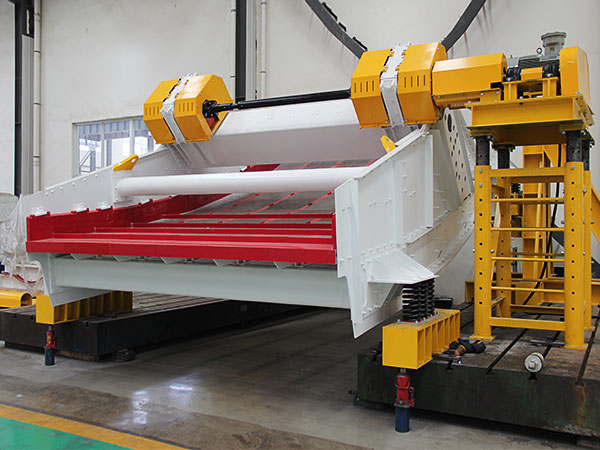
3. Vibration Screen Operation & Maintenance:
Proper Tensioning: Ensure the screen is properly tensioned. Loose screens vibrate excessively and can lead to blinding. Overly tight screens can be damaged.
Optimal Vibration Frequency & Amplitude: Adjust the vibration frequency and amplitude to suit the material being screened.
Higher Frequency: Better for fine particles.
Higher Amplitude: Better for coarser particles and materials that tend to clump. Too much amplitude can damage the screen.
Regular Cleaning: Clean the screen regularly to remove accumulated particles. Methods include:
Brushing: Manual brushing to remove surface buildup.
Water Washing: Washing with water and potentially detergents. Ensure the screen is compatible with the cleaning agents.
Compressed Air Cleaning: Blowing away particles with compressed air.
Regular Inspection: Inspect the screen for damage (tears, holes, loose wires). Replace damaged screens promptly. Check bouncing ball systems or other anti-blinding mechanisms for wear and tear.
Dust Collection/Containment: Implement a dust collection system to remove airborne particles that can settle on the screen and contribute to blockage.
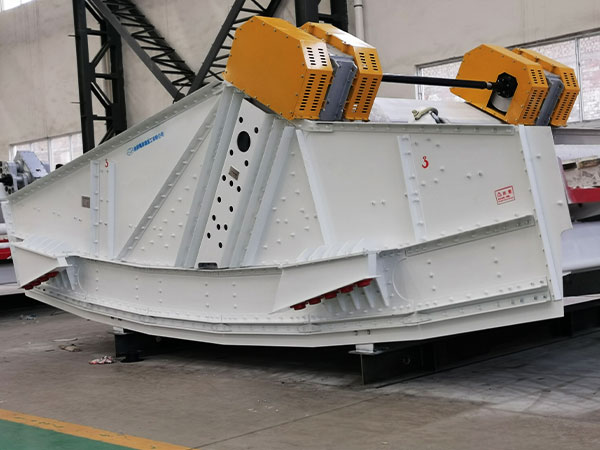
4. Environmental Control:
Humidity Control: In humid environments, consider using dehumidifiers to reduce the moisture content of the air, which can help prevent material from sticking to the screen.
Temperature Control: Extreme temperatures can affect the flowability of some materials. Maintaining a consistent temperature can help prevent blockage.
Key Considerations for Choosing a Method:
Material Properties: Particle size, shape, moisture content, stickiness, abrasiveness.
Screen Size & Type: The type of screen and its dimensions will influence the available options.
Throughput Requirements: How much material needs to be screened per hour?
Budget: Some methods, like ultrasonic vibration, are more expensive than others.
Maintenance Requirements: How much maintenance is required for each method?
By carefully considering these factors and implementing the appropriate methods, you can significantly reduce vibration screen blockage, improve efficiency, and extend the lifespan of your equipment.

